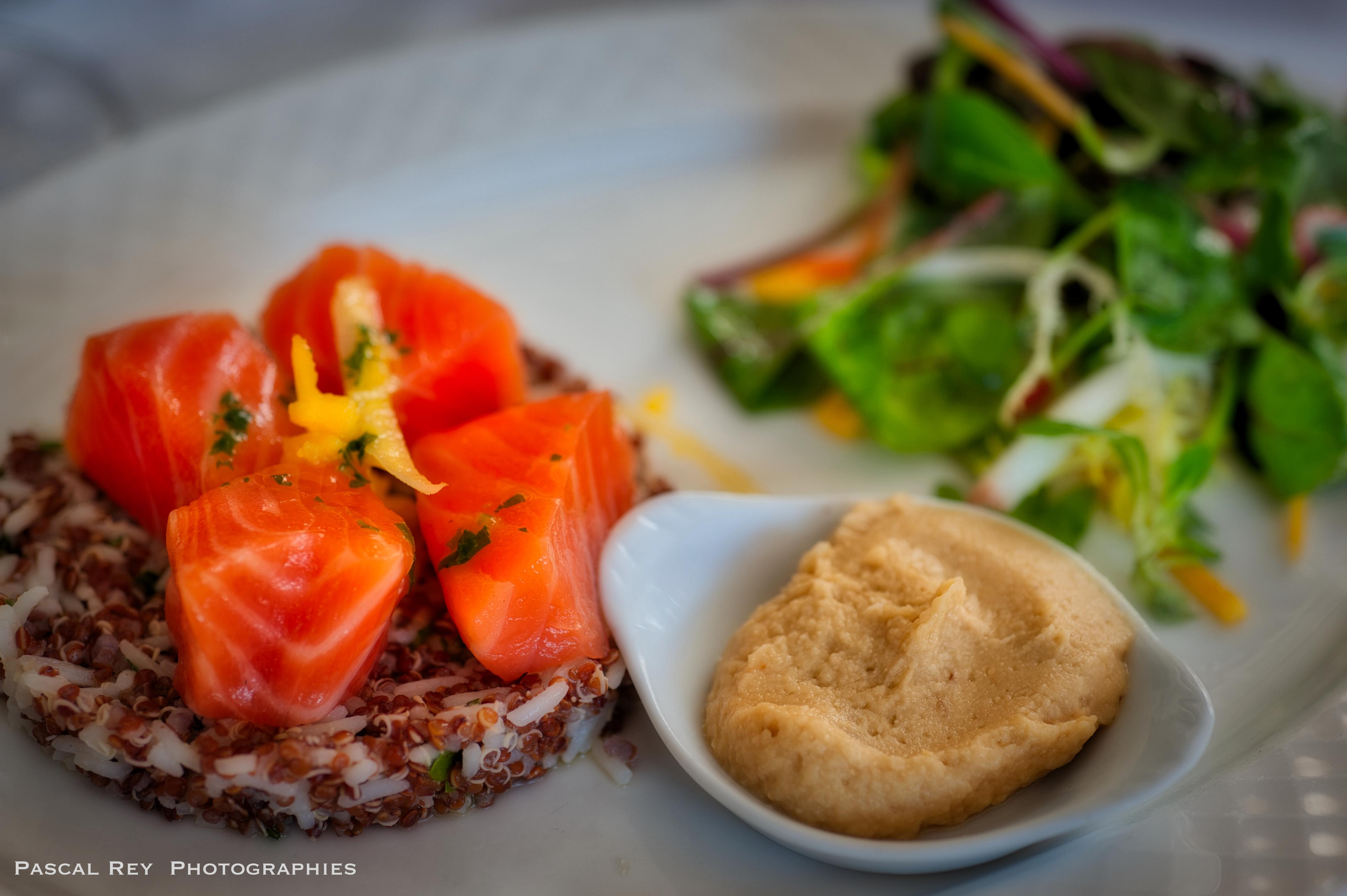In today’s fast-paced world, where the cost of living seems to rise at every turn, maintaining a healthy diet can feel like a daunting task, especially when you’re trying to stick to a tight budget. The good news is that eating nutritiously doesn’t have to break the bank. With a little creativity, planning, and resourcefulness, you can nourish your body and mind without compromising your financial well-being. In this guide, we’ll explore practical strategies and tips to help you make informed food choices, maximize your grocery budget, and enjoy wholesome meals. Whether you’re navigating the aisles of your local supermarket or planning your weekly menu, we’re here to support you on your journey to eating well, even when funds are limited. Let’s embark on this path together, making healthy eating both accessible and enjoyable.
Planning Your Meals for Maximum Savings
Embarking on a journey to eat healthy without breaking the bank can be quite the challenge, but with a little strategic planning, it’s entirely achievable. The first step is to create a detailed meal plan for the week. Start by assessing what ingredients you already have, and then brainstorm meals that can be made using those items. This approach not only minimizes waste but also curbs unnecessary spending.
When planning your meals, focus on recipes that use similar ingredients. This will allow you to buy in bulk, which is often cheaper. For instance, a large bag of rice or a bulk pack of beans can be used in a variety of dishes throughout the week. Consider the following strategies:
- Plan for leftovers: Cook larger portions and use the leftovers for lunches or dinners later in the week.
- Incorporate seasonal produce: Fruits and vegetables that are in season tend to be more affordable and tastier.
- Opt for plant-based proteins: Lentils, beans, and chickpeas are not only nutritious but also cost-effective.
To help you get started, here’s a simple table illustrating a potential weekly meal plan with estimated costs:
| Day | Meal | Estimated Cost |
|---|---|---|
| Monday | Chickpea Salad | $3.00 |
| Tuesday | Vegetable Stir-Fry with Rice | $4.50 |
| Wednesday | Lentil Soup | $3.25 |
| Thursday | Bean Tacos | $3.75 |
| Friday | Spaghetti with Tomato Sauce | $4.00 |
By thoughtfully planning your meals, you can maintain a healthy diet that supports your budgetary constraints, while also reducing food waste and making meal prep a breeze. Remember, it’s all about being resourceful and creative with what you have.

Smart Shopping Tips for Budget-Friendly Nutrition
Eating healthy doesn’t have to break the bank. By adopting a few strategic shopping habits, you can enjoy nutritious meals while keeping your finances in check. Here are some practical tips to help you make the most of your food budget:
- Plan Your Meals: Create a weekly meal plan before heading to the store. This will help you avoid impulse buys and stick to purchasing only what’s necessary.
- Embrace Seasonal Produce: Fruits and vegetables in season are not only fresher but also more affordable. Incorporate these into your meals for both savings and flavor.
- Buy in Bulk: Items like grains, beans, and nuts are often cheaper when bought in larger quantities. Consider investing in airtight containers to keep them fresh.
- Choose Store Brands: Generic or store-brand products can be just as nutritious as name-brand ones, often at a fraction of the cost.
| Item | Brand | Store Brand |
|---|---|---|
| Oatmeal (500g) | $3.50 | $2.00 |
| Brown Rice (1kg) | $4.00 | $2.50 |
| Almonds (250g) | $6.00 | $4.00 |
With these strategies, you can maintain a balanced diet without stretching your budget. Remember, it’s all about making informed choices and finding creative ways to incorporate nutritious ingredients into your daily meals.

Affordable Recipes That Dont Compromise on Health
Eating well without straining your wallet is entirely possible with a little creativity and planning. Here are some budget-friendly tips to help you maintain a nutritious diet:
- Plan Your Meals: Take time each week to plan meals and make a shopping list. This reduces impulse buying and ensures you’re purchasing only what you need.
- Embrace Whole Foods: Whole grains, beans, and lentils are not only inexpensive but also packed with nutrients. They can be the cornerstone of many healthy meals.
- Buy in Bulk: Purchasing items like rice, oats, and frozen vegetables in bulk can significantly cut costs and reduce the number of trips to the store.
- Seasonal Shopping: Fruits and vegetables that are in season tend to be more affordable and flavorful.
Here’s a simple guide to some affordable yet nutritious ingredients you can incorporate into your meals:
| Ingredient | Benefits | Average Cost |
|---|---|---|
| Oats | Rich in fiber and protein | $0.15/serving |
| Brown Rice | Whole grain with essential minerals | $0.10/serving |
| Eggs | High in protein and versatile | $0.20/egg |
| Spinach | Packed with vitamins and iron | $0.50/bunch |
By focusing on these cost-effective strategies and ingredients, you can create meals that are not only delicious but also beneficial to your health and budget.

Making the Most of Leftovers and Reducing Waste
Embracing leftovers can be a game-changer when it comes to eating healthy on a budget. Not only does it help in reducing food waste, but it also saves time and effort. Transforming yesterday’s meal into today’s lunch can be both exciting and satisfying. Consider creating a colorful stir-fry with leftover vegetables, or turn that roast chicken into a hearty soup with some added grains and spices.
- Mix and Match: Combine different leftovers to create a new dish. Think of mixing pasta with leftover veggies and a protein source.
- Freeze for Later: If you’re not keen on eating the same meal repeatedly, freezing leftovers can be a lifesaver. Label containers with the date to keep track.
- Reinvent with Spices: A simple change in seasoning can transform the taste of a dish. Experiment with different herbs and spices to keep your meals exciting.
For those looking to plan meals and minimize waste, here’s a simple guideline:
| Item | Storage Tip | Reinvention Idea |
|---|---|---|
| Rice | Store in airtight container | Fry with veggies and eggs for fried rice |
| Beans | Refrigerate in sealed bag | Blend into a creamy dip |
| Bread | Freeze slices | Make croutons or bread pudding |








































